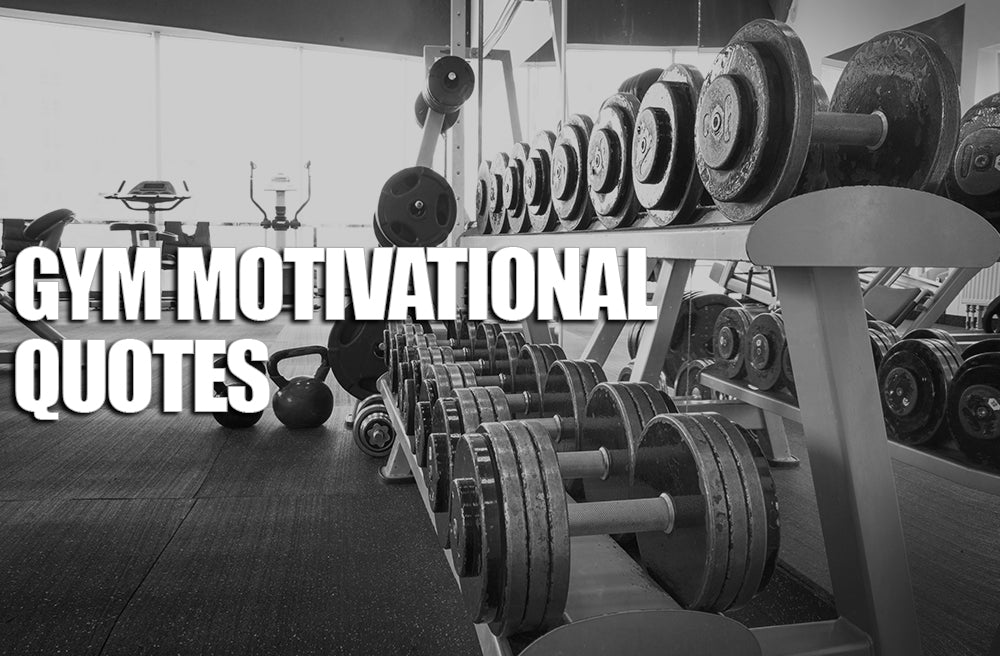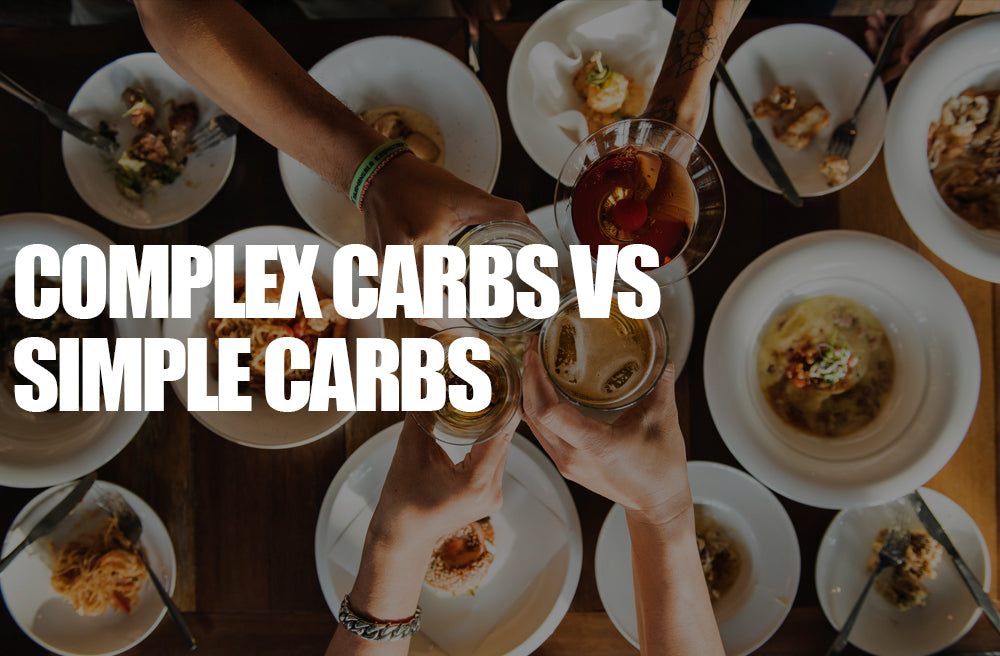Home
News
What is HIIT and Why You Should Be Doing It
What is HIIT and Why You Should Be Doing It
September 13, 2018

I’m sure by now you have heard everyone talking about High Intensity Interval Training (HIIT). Gym goers that do their conditioning through HIIT training are typically there for a shorter time frame, than those who are approaching conditioning with some sort of steady pace workout on a treadmill. But does it work? Is it safe? Here we breakdown everything you need to know about HIIT.
A HIIT workout is a combination of short bursts of maximum effort with an even shorter rest period. Because you are working to your maximum capacity, pushing yourself to the limits, these workouts are typically shorter.
HIIT workouts can be modified to any fitness level, from beginners to high level athletes. The goal, to max out your effort, and recover as quickly as possible, making HIIT workouts can be done with nearly every type of movement, burpees, running, squats, swimming, push-ups and cycling. There are many formulas to HIIT training, and you can experiment however you want, as long as the rest period is shorter than the work period.
The Benefits
⏱️ Time efficient – “Lack of time” is usually one of the main reasons why people skip the gym. HIIT workouts are efficient and can be performed in as little as 15 minutes. Because you're working to your maximum effort, you burn more calories in less time. This is extremely beneficial if you have a busy schedule. One can argue that you can achieve more results with high intensity interval training (done three times a week) than someone going steady pace on the treadmill for an hour.
🔥 Burn fat quicker – HIIT workouts are great for weight loss. Adding intervals into your routine will help burn more fat during workout session. Not only do you burn more calories quicker during HIIT, but because of the maximum effort and short rest periods, your body jump starts recovery quicker. You can optimize your far burning results with
Wurx Burners.
👟 Improve Endurance - HIIT workouts also increase your endurance. It can cause metabolic adaptations, helping with higher volume endurance type training. Test this by going for a long, steady-paced run, then notice that you can go further and for a longer period. Even though these workouts are more anaerobic, your aerobic capacity and overall fitness improves.
🔼 The After burn – Workouts with intervals have a higher after burn effect, meaning you continue to burn more fat and calories after your workout is over. You can start seeing a noticeable change if you stay consistent and do HIIT one to two times per week.
❤️ Overall Health – HIIT may improve heart function, cholesterol, and blood glucose levels (which helps fight type 2 diabetes).
How Often Should You Do HIIT?
This depends completely on your goals and on all the other type of movement you are doing with your workout routine
In general you can be doing 1-2 HIIT workouts a week. For best results you should be doing both resistance training and HIIT, making this the optimal mix for both losing fat and preserving muscle.
More is not always better
Going hard out all the time is never a good idea. You may be thinking that the more work you put in, the more calories you will burn, and the quicker you can get to your results. But there is always the bigger picture, longevity. You have to be really dialed into your goals, the why. If you are trying to achieve weight loss, remember the key is to keep moving and breathing. Keeping your workout routine varied is the key for adaptations (transforming your body).
HIIT is not a magic formula. Doing intervals with squats will only improve your ability to perform intervals with squats, not become a better marathon runner, or a better Olympic weight lifter. HIIT can improve your performance overall as an athlete, but you still have to train specifically for your sport.
Mixing things up
HIIT alone works well with most people. But by keeping your training strictly the same (only doing HIIT) isn’t the best thing you can be doing. You can still do HIIT, but mixing it up or combining it with other types of training can really optimize all the health benefits that HIIT can provide. Combining intensity with strength training, and any other type of traditional endurance training, can really help develop a strong foundation for whatever goals you may have.
Whether you are on a weight loss journey or improving overall well-being or both, you want to include HIIT in your workout routine.
Results may vary. These statements have not been evaluated by the Food and Drug Administration. This product is not intended to diagnose, treat, cure, or prevent any disease.
-Benjamin Weisenthal, C. B. (2014). Injury rate and patterns among crossfit athletes. The Orthopaedic Journal of Sports Medicine, 1-7.
American Council on Exercise: High-Intensity Interval Training
-Izumi Tabata, K. I. (1997). Metabolic Profile of High Intensity Intermittent Exercises. Medicine and Science in Sports and Exercise, 390-395.
-American College of Sports Medicine: High-Intensity Interval Training
-ACSM In The News: For All-Day Metabolism Boost, Try Interval Training
-Simon Adamson, R. L. (2014). High Intensity Training Improves Health and Physical Function in Middle Aged Adults. Biology, 333-344.
Leave a comment
Comments will be approved before showing up.






